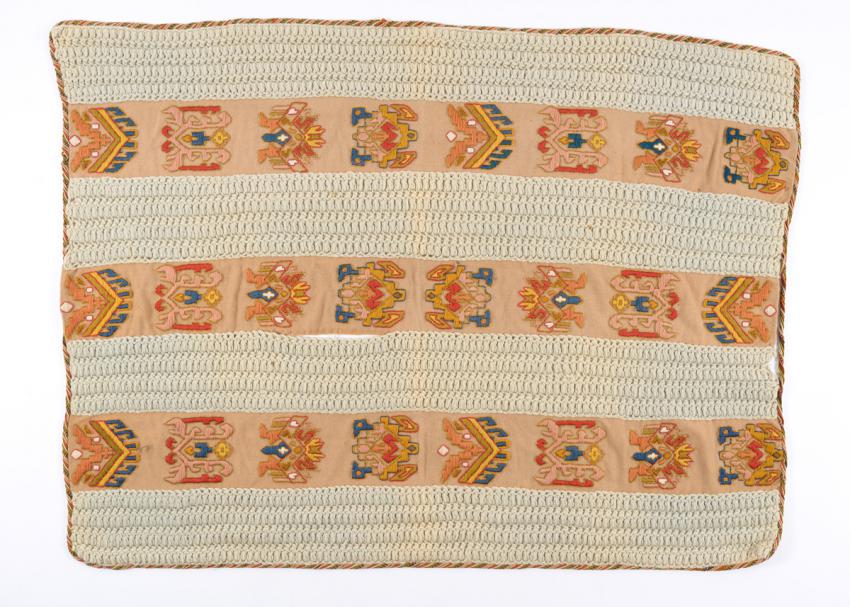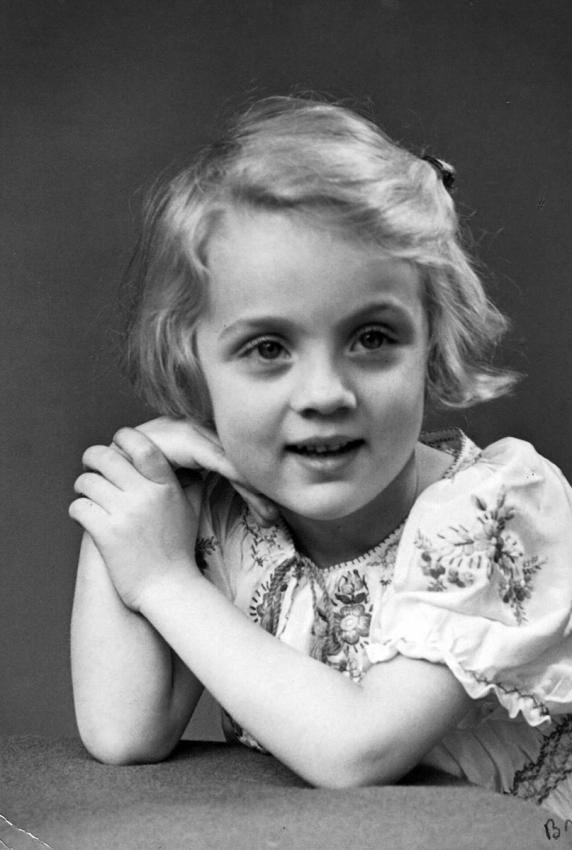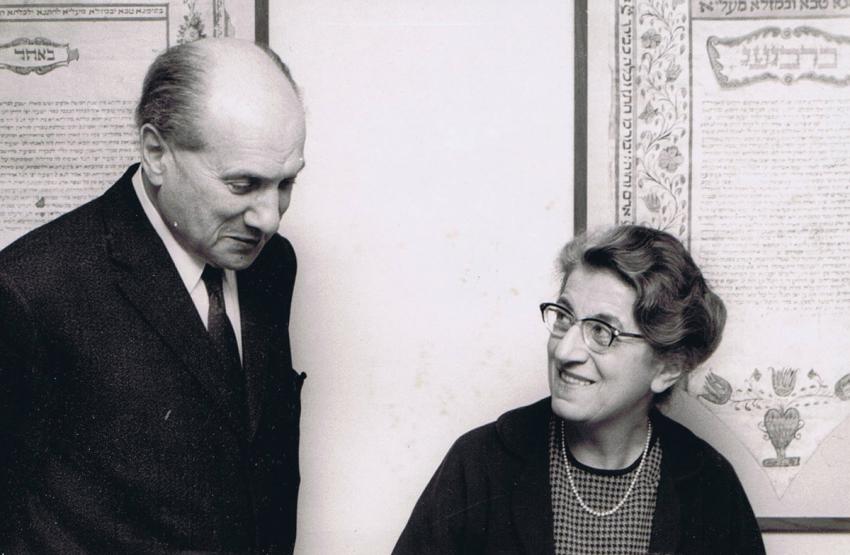Georg Ferdinand Duckwitz, a diplomat in the German embassy in Copenhagen, heard about the plan to deport Danish Jews to camps and the information was passed on to the Danish Jewish community. As a result of his actions, including a journey to Sweden to make arrangements for the safe transfer of Danish Jews to neutral territory, the Jews were safely ferried to Sweden on fishing boats by the Danish underground.
The Edelmann family, Lisbet and Rafael and their two children, nine-year old Hannah and five-year old Moshe were among those destined to be deported. Rafael, who was in charge of the Judaica Department at the Royal Library of Denmark, received a notice that two ships that were to take the Jews to Germany, had docked at Copenhagen harbor. Lisbet dressed her children in three layers of clothing, and they all left their house without carrying any suitcases or other property. For a time, the family was hidden by Rafael's librarian colleagues, who were in contact with the Danish resistance. On one fall day in 1943, the Edelmanns were taken to a fishing boat that left Denmark’s territorial waters towards a ship, which brought them to Sweden.
“The moment we entered our flat that was completely empty, the Swedes who were in contact with my father brought along everything including furniture. Someone brought a table, another brought four chairs, somebody else brought tablecloths, and I remember a blanket that was hand-made... What they could bring, they did,”
Hannah Edelmann later testified.
Among the items that the family received when they arrived empty-handed in Sweden was a wool blanket, hand-made in typical Swedish folk style. Hannah Edelmann (later Schorr) was a small girl when she was saved thanks to the actions of the Danish underground, and she kept the blanket for years as a memento of the assistance that many Swedes had offered to the foreign refugees who had arrived with nothing. It also served as a reminder of the daring and extraordinary rescue carried out by the Danish resistance, in which they succeeded in saving the vast majority of Denmark’s Jewish.
In order to honor this extraordinary rescue mission, Yad Vashem made the decision to plant a tree in the Avenue of the Righteous Among the Nations in tribute to the Danish Resistance. In addition, some of the members of the resistance have been recognized individually as Righteous Among the Nations.
Ellen Margrethe and Henry Christian Thomsen were active members in the Danish resistance and were owners of an inn in the village of Snekkersten. The inn served as a gathering place prior to departure for Sweden, and approximately 1,000 Jews who were smuggled out left via this inn. Thomsen was arrested by the Nazis in 1944, sent to the Neuengamme camp and perished there.
On August 29, 1968, Yad Vashem recognized Henry Christian and Ellen Margrethe Thomsen, as Righteous Among the Nations. On March 29, 1971, Yad Vashem recognized Georg Ferdinand Duckwitz as Righteous Among the Nations.
Yad Vashem Artifacts Collection
Courtesy of Berl Schorr, Tel Aviv, Israel












